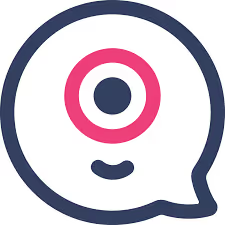What are website chatbots?
Website chatbots are software tools that automate conversations on websites to assist visitors instantly.
What can website chatbots do?
They answer common questions, guide users, collect leads, book appointments, and provide support 24/7.
How do website chatbots work?
They use predefined scripts or AI to understand visitor inputs and respond with helpful messages in real time.
Are website chatbots easy to set up?
Yes, most website chatbots use simple drag-and-drop builders and require no coding for quick setup.
Are website chatbots free?
Many offer free plans with basic features, but advanced options usually require paid subscriptions.
What is the common website chatbots pricing?
Prices typically range from $10 to $50 per month, depending on features and number of users.
What are the types of website chatbots?
Common types include rule-based, AI-powered, sales, support, and lead generation chatbots.
Do website chatbots work with email?
Yes, many chatbots can capture emails and integrate with email marketing tools for follow-ups.
What are the best website chatbots tools?
Popular tools are Drift, Intercom, ManyChat, Tidio, and HubSpot Chatbot for varied business needs.
What are common website chatbots integrations?
They often integrate with CRM, email marketing, helpdesk, payment gateways, and analytics platforms.


















































